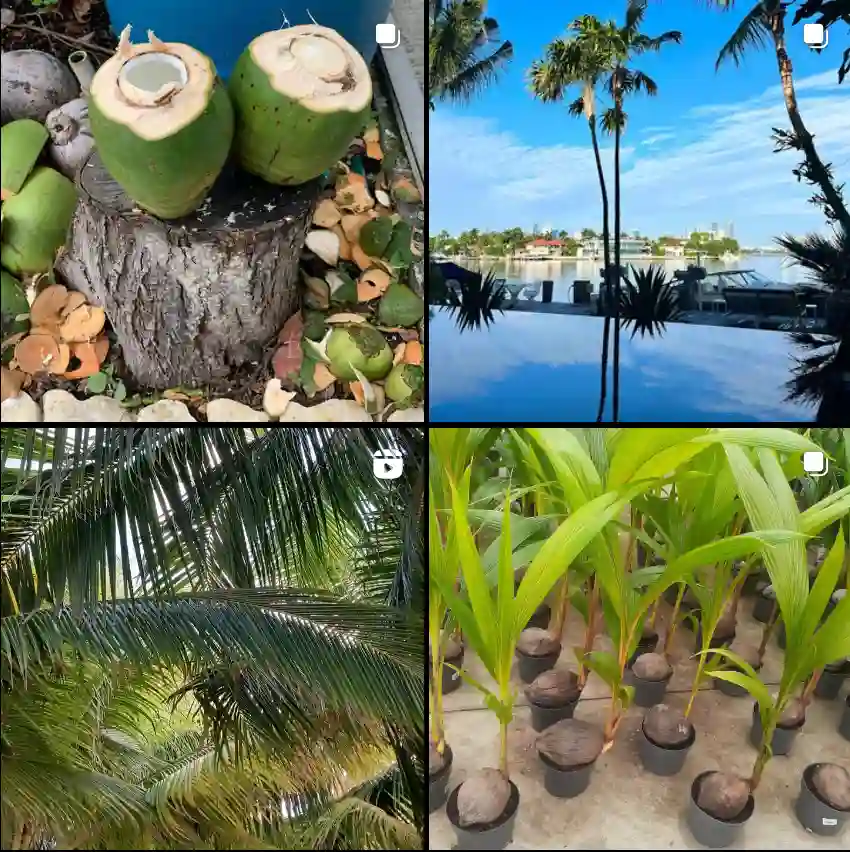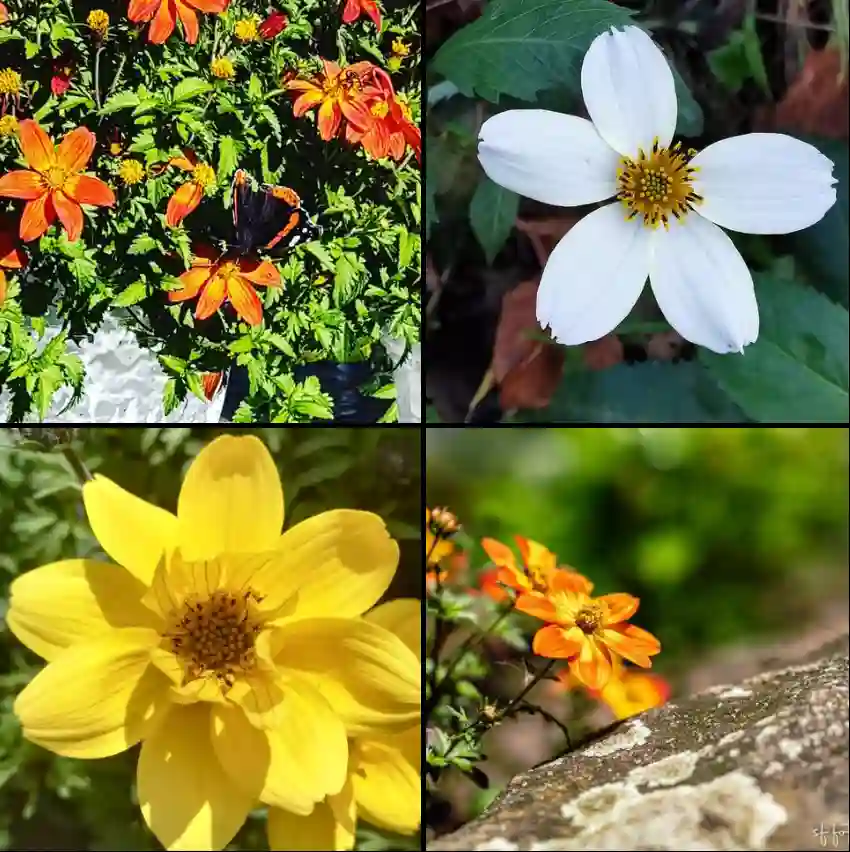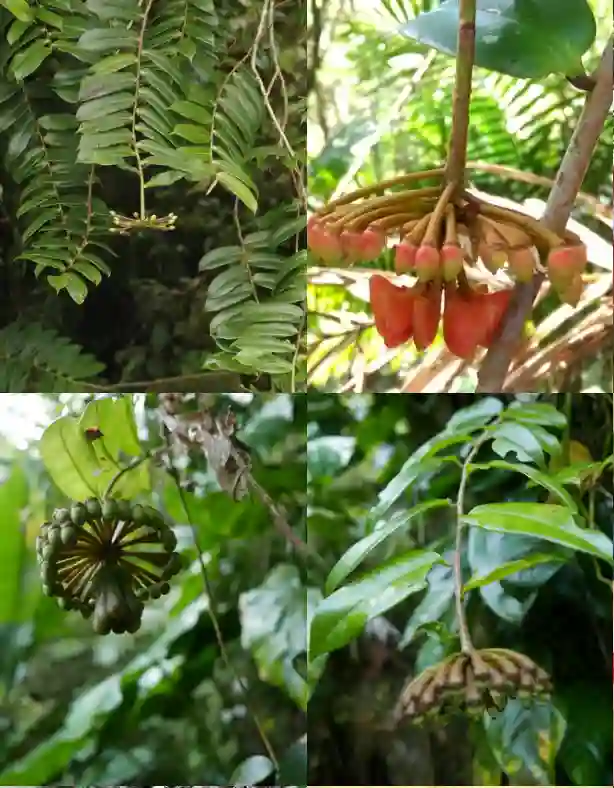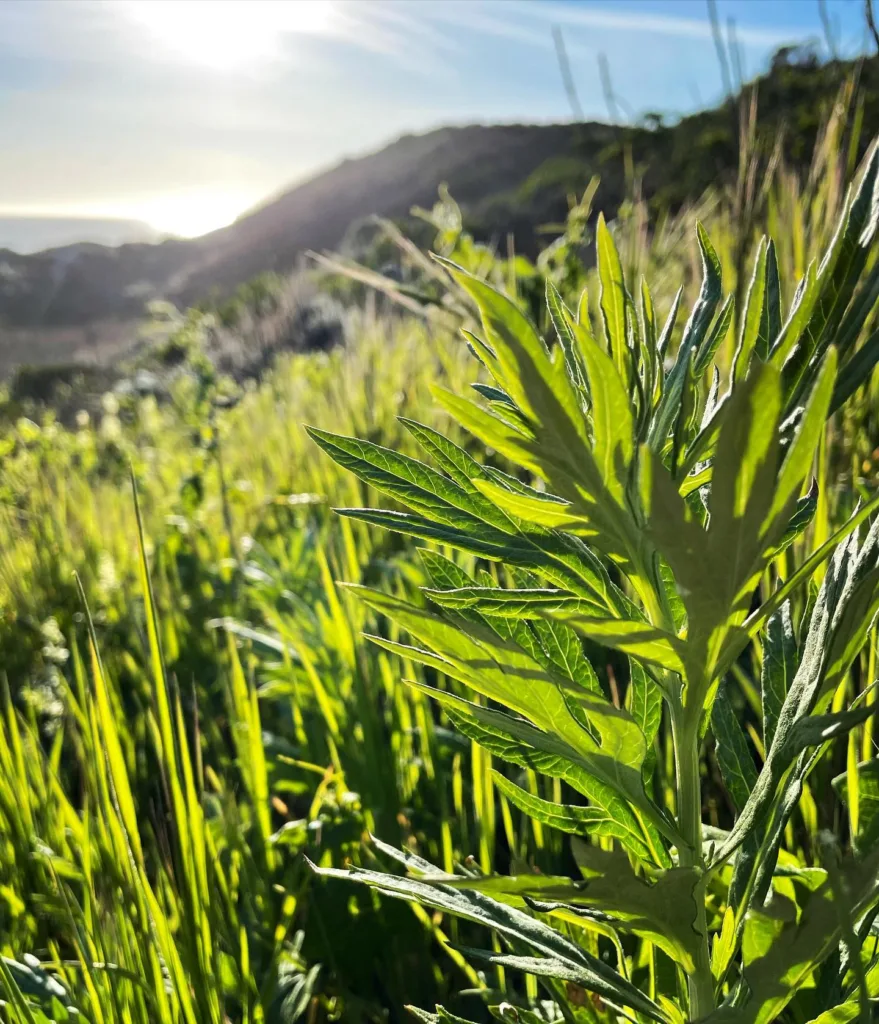FAQs About Leucophyllum Langmaniae: Everything You Need to Know
Leucophyllum Langmaniae, often simply referred to as Langman’s Sage, is a stunning plant that deserves a closer look. This shrub is known for its silvery foliage and purple flowers, making it a standout addition to any garden. From care tips to propagation methods, I’ve gathered answers to some of the most frequently asked questions about this beautiful plant.
17 Species in Genus Leucophyllum
What is Leucophyllum Langmaniae?
Leucophyllum Langmaniae is a perennial shrub native to Texas and Northern Mexico. It’s part of the Scrophulariaceae family, which includes other desert-adapted plants. This plant is also commonly known as Langman’s Sage or Texas Sage. It thrives in arid conditions and is celebrated for its drought tolerance and low maintenance requirements. Its standout feature is its silvery-gray leaves that contrast beautifully with its vibrant purple blooms, adding a touch of color to any landscape.
How to Care for Leucophyllum Langmaniae?
Caring for Leucophyllum Langmaniae is relatively straightforward, especially if you’re familiar with desert plants. Here’s what you need to know:
- Light Requirements: This shrub thrives in full sun. It needs at least 6 hours of direct sunlight daily to grow vigorously and produce its characteristic blooms.
- Soil Conditions: Langman’s Sage prefers well-drained soil. Sandy or loamy soils are ideal, but it can tolerate poor soil conditions as long as drainage is good. Avoid heavy clay soils that can retain too much moisture.
- Watering: Once established, Leucophyllum Langmaniae is quite drought-tolerant. Water it deeply but infrequently. Overwatering can lead to root rot, so let the soil dry out between watering sessions.
- Temperature: This plant is hardy to USDA zones 8-11. It can tolerate high temperatures and occasional frost, but it performs best in warm climates.
- Fertilization: Feed it with a balanced, slow-release fertilizer once in the spring. Over-fertilizing can lead to excessive foliage growth at the expense of flowers.
How to Propagate Leucophyllum Langmaniae?
Propagating Leucophyllum Langmaniae can be done through cuttings or seeds. Here’s how:
- Cuttings: Take 4-6 inch cuttings from a healthy plant in late spring or early summer. Remove the lower leaves, dip the cut end in rooting hormone, and plant it in a well-draining potting mix. Keep the cuttings in a warm, sunny spot and maintain soil moisture until roots develop.
- Seeds: Sow seeds in a well-draining soil mix. Lightly cover the seeds and keep them warm. Germination usually takes 2-3 weeks. Once seedlings are large enough to handle, transplant them into individual pots or directly into the garden.
What to Plant With Leucophyllum Langmaniae?
Leucophyllum Langmaniae pairs well with other drought-tolerant plants. Here are a few suggestions:
- Desert Willow (Chilopsis linearis): This plant complements Langman’s Sage with its similar water needs and attractive blooms.
- Agave (Agave spp.): The architectural shape of agave plants contrasts beautifully with the bushy form of Langman’s Sage.
- Red Yucca (Hesperaloe parviflora): This plant’s red flowers provide a vibrant contrast to the purple blooms of Langman’s Sage.
Benefits of Leucophyllum Langmaniae
- Low Maintenance: Its drought tolerance and minimal watering needs make it perfect for low-maintenance gardens.
- Attractive Foliage and Flowers: The silvery leaves and purple flowers offer year-round visual interest, with blooms often appearing after rainfall.
- Wildlife Friendly: It attracts pollinators like bees and butterflies, supporting local biodiversity.
Toxicity
Leucophyllum Langmaniae is non-toxic to humans and pets. This makes it a safe choice for gardens frequented by children and animals.
Common Problems
- Overwatering: This is the most common issue. Too much water can lead to root rot. Ensure the soil is well-draining and only water when necessary.
- Pest Issues: While generally pest-resistant, watch out for aphids or spider mites, which can occasionally target the plant. Regular inspection and natural pest control methods can help manage these issues.
Comparing Leucophyllum Langmaniae with Similar Plants
- Leucophyllum Frutescens: Often confused with Langmaniae, this species has similar care requirements but is typically more compact. Both have the signature silvery leaves, but Langmaniae’s flowers are generally more vivid.
- Texas Sage (Leucophyllum frutescens ‘Compacta’): While similar in appearance, the ‘Compacta’ variety is smaller and more suited for smaller garden spaces compared to Langmaniae.
Leucophyllum Langmaniae is a fantastic addition to any garden, especially if you’re looking for a hardy, drought-tolerant plant with stunning aesthetics. Its care is straightforward, making it a great choice for both novice and experienced gardeners. If you follow these guidelines, you’ll be rewarded with a vibrant, low-maintenance shrub that adds beauty and value to your outdoor space.
If i die, water my plants!



